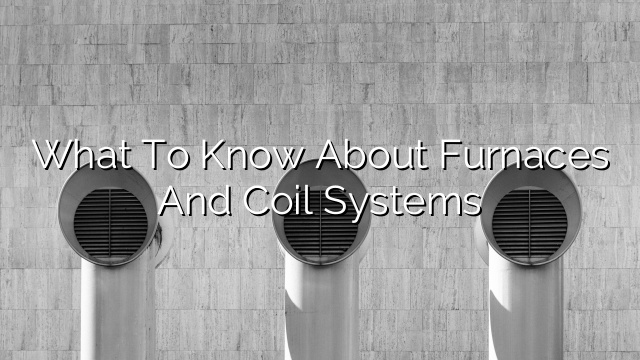Introduction
When it comes to heating systems, there are various factors to consider, including the type of furnace and the direction of airflow. Understanding these different components is crucial for ensuring optimal performance and efficiency in your heating system. In this article, we will explore the different airflow directions in heating systems, namely upflow, horizontal, and downflow, and discuss the benefits and considerations of each.
Upflow Heating Systems
An upflow heating system, as the name suggests, features an upward airflow direction. This type of system is commonly found in basements or utility closets. In an upflow heating system, the air enters through the bottom, where it is heated by the furnace, and rises upward to be distributed throughout the house.
- Benefits:
– Since hot air rises naturally, an upflow system takes advantage of this natural flow, making it highly efficient.
– Upflow systems are ideal for installations in spaces with limited height, such as basements or utility closets.
– The ductwork for an upflow system can be placed either overhead or in the floor, depending on your specific requirements.
- Considerations:
– If your home is built on a slab or does not have a basement, an upflow system may not be feasible.
– The placement of the furnace and ductwork in an upflow system can take up valuable space in your basement or utility closet.
Horizontal Heating Systems
A horizontal heating system is designed to work with limited space and features a side-to-side airflow direction. This type of system is typically installed in attics, crawl spaces, or closets where there is limited vertical space available. The air enters the furnace from one side and is distributed horizontally through the ductwork.
- Benefits:
– A horizontal heating system is suitable for homes with limited height, as it does not require vertical space for installation.
– These systems are often more compact than their upflow or downflow counterparts, allowing for easier installation in tight spaces.
– If you have a multi-story home, a horizontal system can be particularly advantageous as it can be located on the same level as the majority of the living spaces.
- Considerations:
– Horizontal systems may require additional ductwork or modifications to the existing ductwork to ensure optimal airflow.
– The noise level of a horizontal system can be slightly higher due to the need for a blower motor strong enough to push the air across longer distances.
Downflow Heating Systems
A downflow heating system is the reverse of an upflow system, with the air flowing downwards. This type of system is typically installed in homes with a crawl space or a raised foundation. The air enters the furnace from the top and is forced downward through the ductwork to distribute heat throughout the house.
- Benefits:
– A downflow system is ideal for situations where the ductwork needs to be located in the floor, such as in homes with a raised foundation.
– Since heat naturally rises, a downflow system can help distribute heat more evenly throughout the house.
– Downflow systems are often used in mobile or manufactured homes where space is limited and an upflow or horizontal system may not be feasible.
- Considerations:
– Installing a downflow system can be more complicated and may require additional modifications to the existing ductwork.
– The placement of the furnace and ductwork in a downflow system can limit the use of the space above it.
Conclusion
Exploring the different airflow directions in heating systems can help you make an informed decision when it comes to selecting the right heating system for your home. Whether you opt for an upflow, horizontal, or downflow system, be sure to consider the specific requirements and limitations of your space.
FAQ
- Q: Can I convert an upflow system to a downflow system? A: Converting the direction of airflow in a heating system can be complicated, as it often requires significant modifications to the ductwork and may even involve replacing the furnace. It is best to consult with a professional HVAC technician to determine if such a conversion is possible in your particular situation.
- Q: Are there any drawbacks to horizontal heating systems? A: While horizontal heating systems offer several benefits, they may require additional modifications to the ductwork for optimal performance. Additionally, the noise level of a horizontal system can be slightly higher than other systems due to the need for a powerful blower motor to push the air across longer distances.
- Q: Can I install a horizontal heating system in a multi-story home? A: Yes, a horizontal heating system can be installed in a multi-story home. In fact, it may be particularly advantageous as it can be located on the same level as the majority of the living spaces, eliminating the need for ductwork to run up or down through multiple floors.
- Q: Are upflow systems more or less efficient than other systems? A: Upflow systems are highly efficient, as they take advantage of the natural tendency of hot air to rise. However, the overall efficiency of a heating system depends on various factors, including insulation, ductwork design, and the efficiency of the furnace itself.
- Q: Can I install a downflow heating system in a basement? A: While it is technically possible to install a downflow heating system in a basement, it is not commonly done. Downflow systems are typically used in homes with a crawl space or a raised foundation, where the ductwork needs to be located in the floor to distribute heat effectively.












